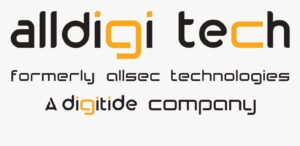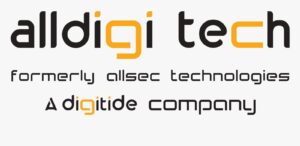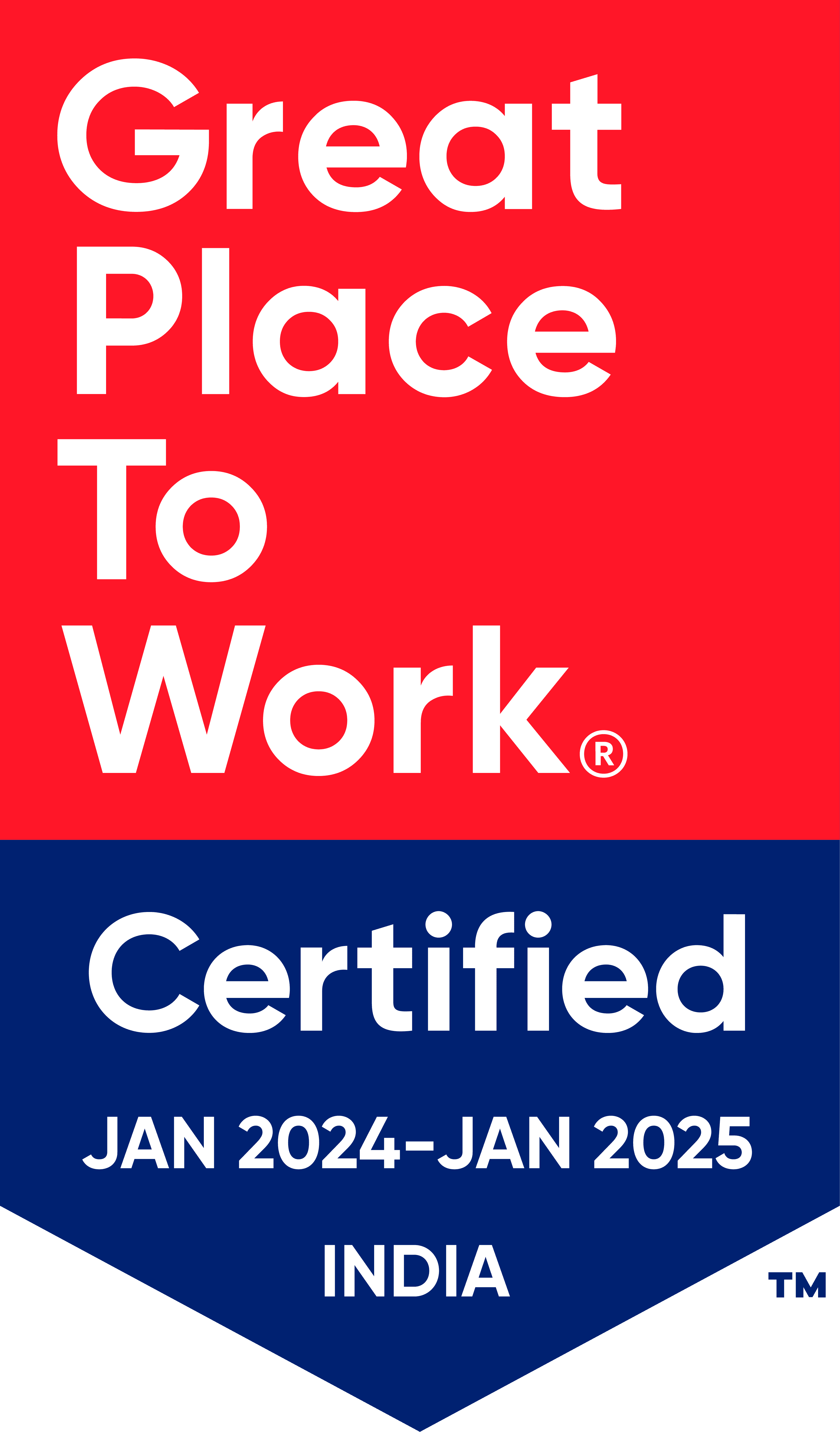![shutterstock_1314712892 [Converted]-01](https://www.alldigitech.com/wp-content/uploads/2019/02/shutterstock_1314712892-Converted-01.png)
HL7- Shared Meanings in Healthcare
HL7 standards and frameworks facilitate exchange of healthcare data through the use of controlled vocabularies. While these standards tackle the problem of healthcare communication, they pose significant challenges for healthcare providers and their software vendors in terms of implementation and reconfiguration.
Healthcare providers use systems built around varied implementations and interpretations of these standards. Without a unifying model, these variations introduce challenges in how healthcare information is shared between hospitals, labs, healthcare outsourcing companies, insurance companies, and patients.
It is therefore essential that software vendors who implement these standards in their RCM and EHR solutions ensure interoperability and seamless communication with other health systems. For instance, the codes used to represent patient background and specific test results need to be consistent across systems, as inconsistencies could prove fatal.
Vendors are also often required to deploy updates as per evolving standards.These configuration changes should be in sync with the custom specification of the health system.
Standardize healthcare communication with an outsourcing solution
The ability to transmit healthcare information with shared meaning is necessary for patient care, safety and growing the healthcare provider’s value stream.
First and foremost, an expert healthcare outsourcing company can provide integration support for all touch points with other health systems. With standardized and modular APIs, they abstract dissimilarities in coding to enable error-free exchange of information.
Similarly, processes like enrollment and billing vary depending on the insurance provider you work with.
Outsourcing shifts the burden of these custom and resource intensive tasks. An outsourcing vendor that enables semantic interoperability can help you expedite the claims and reconciliation process with fewer errors and greater efficiency.
With evolving healthcare regulations and increasing penalties for non-compliance, healthcare providers turn to technology to bridge the gap and meet these growing challenges. Getting the right tools that adhere to regulatory frameworks, transmission protocols and guidelines can simplify healthcare administration and set you on a path towards value-based healthcare IT.



